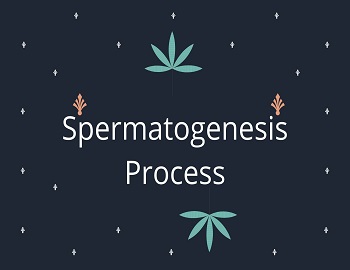Table of Contents
Vernalization in plants:
It is defined as the low-temperature treatment which stimulates flower induction. In many plants example- cereals, crucifers, and roses a period of cold treatment before flowering is required. The phenomenon of vernalization was discovered by Lysenko (1928). He found that if the winter wheat seeds are given cold treatment then they germinate and flower even if they are sown in the spring season. But if these seeds are sown in spring without cold treatment then they grow only vegetatively and they do not bear flowers.
In order to do vernalization seeds are moistened first to begin the germination process. They are then exposed to a temperature of 0°C to 4°C for a few weeks. When such vernalized seeds are sown in the spring, then they grow and produce the crop in the summer of the same year. Therefore, the vernalization prepares the plants to flower. Full vernalization requires about 50 days of treatment between -2°C to about +12°C. If vernalization is followed by high-temperature treatment at about 40°C for about two days, then the vernalization stimulus is lost. This is known as devernalization.
It has been suggested that the process of vernalization helps in the formation of a substance known as vernalin that helps the plants in flowering-by helping in the formation of the flowering hormone florigen.
Vernalization Site:
The stimulus of low temperature is perceived by active embryo tip, shoot tip, and other meristematic areas.
Importance of Vernalization:
- Vernalization is believed to overcome some inhibitor and induce the synthesis of growth hormones like gibberellins.
- It reduces the vegetative period of plants.
- It prepares the plant for flowering.
- It increases yield, resistance to cold, and diseases.
- Vernalization can remove kernel wrinkles in Wheat.









Comments (No)